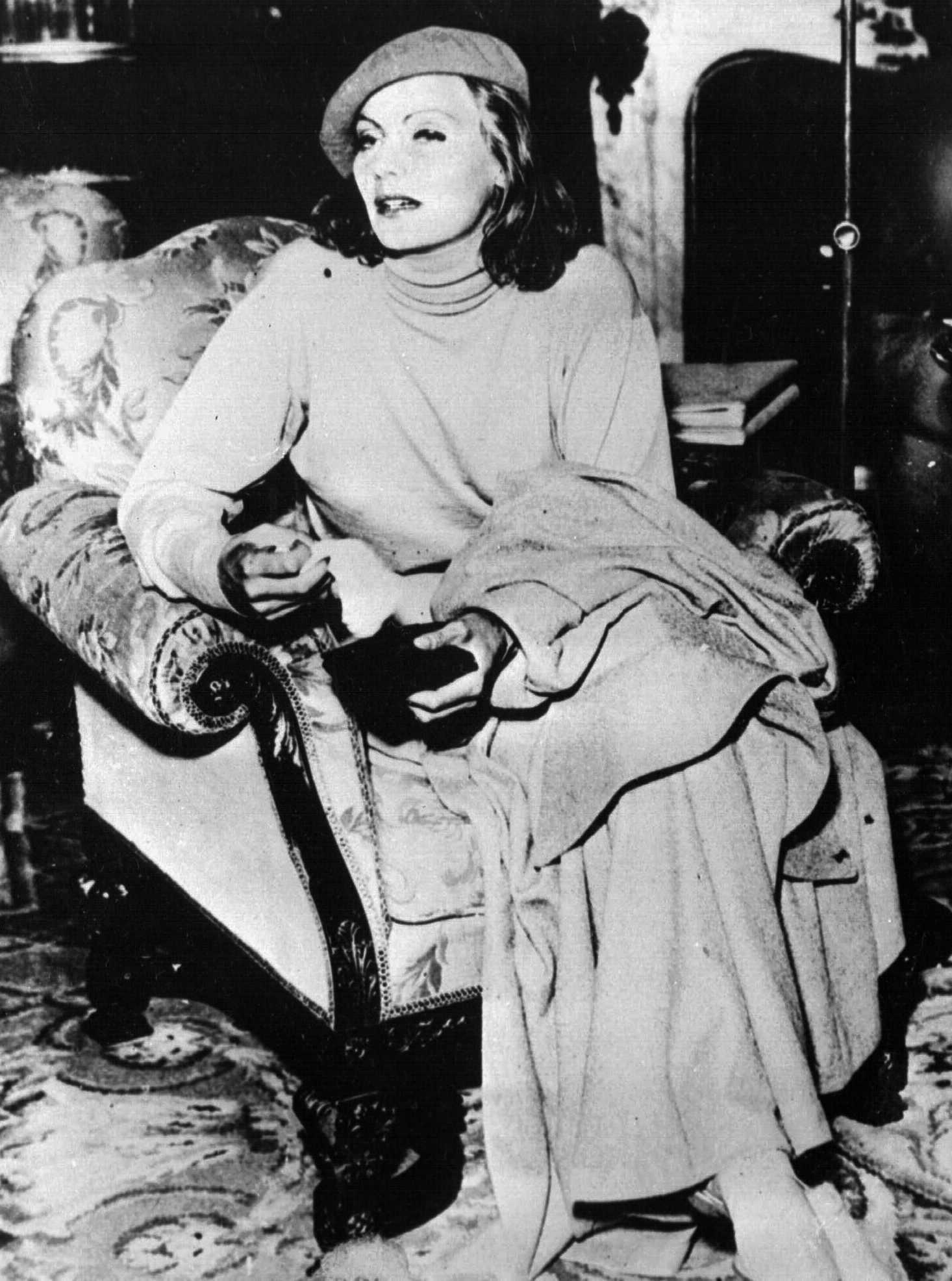Of all the luminaries of the 1930s cinematic star system, only one is still considered today as the most mysterious, distant, and aloof from earthly matters: Greta Garbo. As editor and journalist Robert Gottlieb said in The Guardian, among the stars of that tailor-made galaxy, the most attractive was the Swedish diva because "her personality alternated between carnal ardor and ascetic coldness."
However, in the documentary Garbo: Where Did You Go?, director Lorna Tucker offers with the precision of a scalpel that privacy that the Swedish diva protected without paying attention to journalists and her followers, to whom she never signed an autograph. It is said that when a media professional approached her to say "Mrs. Garbo, I was wondering if..." the star of Ninotchka replied: "Wondering, wondering, what's the point of wondering?"
Throughout 90 minutes, Tucker offers an unprecedented portrait of the most inaccessible actress in history because through unpublished images, she is seen as cheerful, jovial, and not at all serious and haughty. In short: "The images show a fun and funny person. We see in them that the most famous woman in the world was actually very normal," says the director. In the documentary, the voice of The Divine is provided by the Swedish-Spanish actress Noomi Rapace, who rose to fame by starring in the Millennium saga.
In statements to Deadline, the director explains that they chose Rapace "because we wanted Garbo's voice to be contemporary. We didn't want to use computer-generated voices. We wanted someone who could understand her struggles. Someone who has also overcome many difficulties to find her place."
After her retirement from the cinema in 1941 at the age of 36, Garbo disappeared from the face of the earth for the common mortals. But not for a small part of the world's elite, as she used to attend gatherings organized by influential friends such as Aristotle Onassis, her lover, who belonged to the Rothschild family, or Countess Marina Cicogna, the first female producer in the world and granddaughter of the founder of the Venice Film Festival, who once spoke in an interview with LOC about the naturalness of the diva. "Greta Garbo was not mesmerized by fame, she was pleasant, exquisite, and funny. I remember that we went to a nudist island in the south of France, and a man appeared water skiing to see what was happening on the Christina [Onassis's yacht]. Suddenly, Garbo said, 'Look, look, I think it's a man, but I haven't seen one in a long time, so I'm not sure."
Garbo, Where Did You Go? would not have been possible without the invaluable help of home videos that one of the actress's friends treasured, and of course, the more than 200 unpublished letters still preserved by Garbo's great-nephew, Scott Reinsfield. The letters were written between 1940 and 1950 and were addressed to her grandmother Peggy. In that perpetual quest for privacy, when the actress thought about visiting Palm Springs, she advised in one of those letters to write to her in her native language. "If you want to write to me, do it in Swedish because they could open the envelope." And from Wisconsin, she confessed: "Nobody recognizes me here."
This exclusivity has allowed Tucker to create a story that substantially deviates from the narrative orchestrated by the media that portrayed her almost as a recluse. "The paparazzi sold the idea that Garbo was hiding because it made them more money," said the actress's great-nephew at the time.
It is important to remember that in the midst of the star system's effervescence, journalists generated 100,000 words daily from Hollywood, making the city the third source of information after Washington and New York. To feed the millions of viewers with juicy gossip, it was necessary to bribe the closest associates of the stars, which increased Garbo's distrust towards her surroundings.
If you choose any official image of the artist, you can see that the studios created montages orchestrated by the marketing department to perpetuate the inaccessibility and aura of the stars. Ultimately, what made the entertainment industry particularly attractive was how the studios, in this case, MGM, managed and preserved the unknown realm of that commodity-product called a star. The great architect for these images to endure in the collective imagination was Clarence Sinclair Bull, who photographed Garbo between 1929 and 1941.
This master of light once declared that the actress was his "best model." Also, "the easiest to photograph, with no bad side or unfavorable angle." He is the author of the iconic photo-collage The Swedish Sphinx, where the photographer superimposed a close-up of the diva on a photograph of the Sphinx of Cairo. The result perfectly encapsulated Garbo's personality, becoming one of the most recognizable and reproduced photographs in the world. As published in a fan magazine: "The more the face resembles a mask, the deeper the mystery."
Garbo left Hollywood for New York in 1954. There, she resided in a luxurious apartment in the Campanile building until her death in 1990 at the age of 84. Until the end, paparazzi stood guard to capture her dressed in an androgynous manner, with huge sunglasses and her gray mane blowing in the wind. The divine gave way to an elderly lady who only longed for inner peace.
